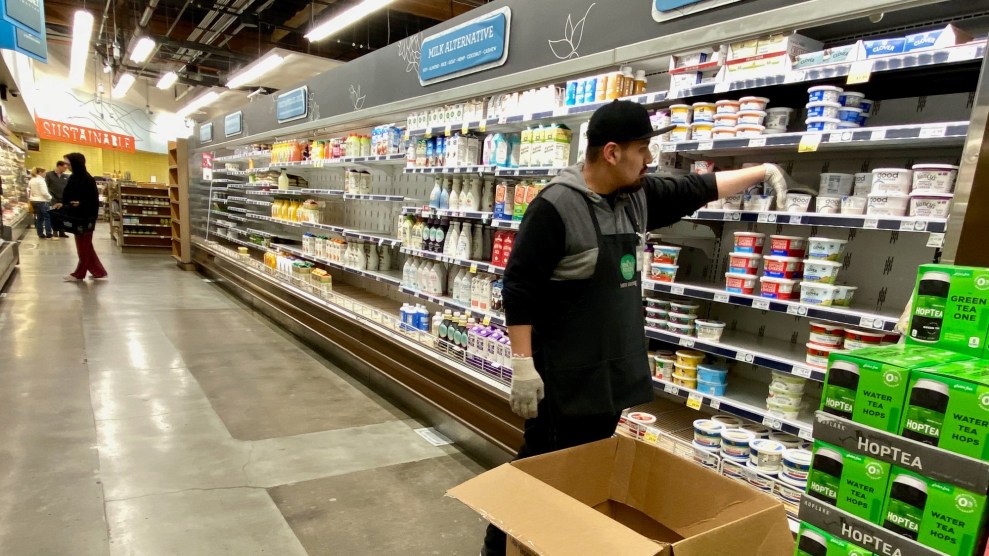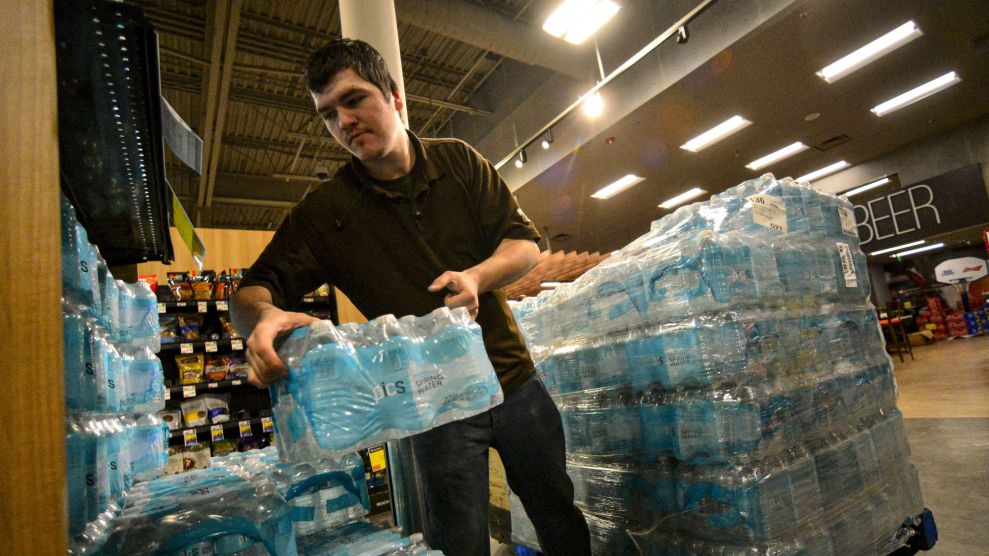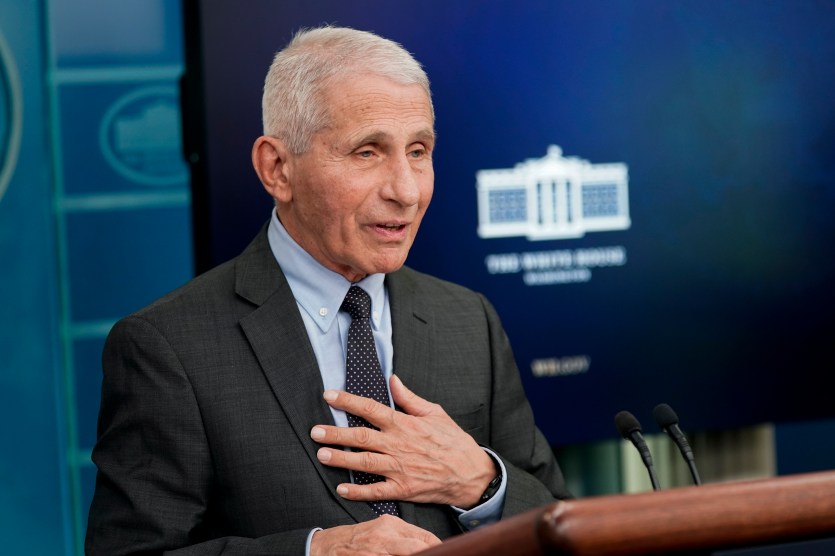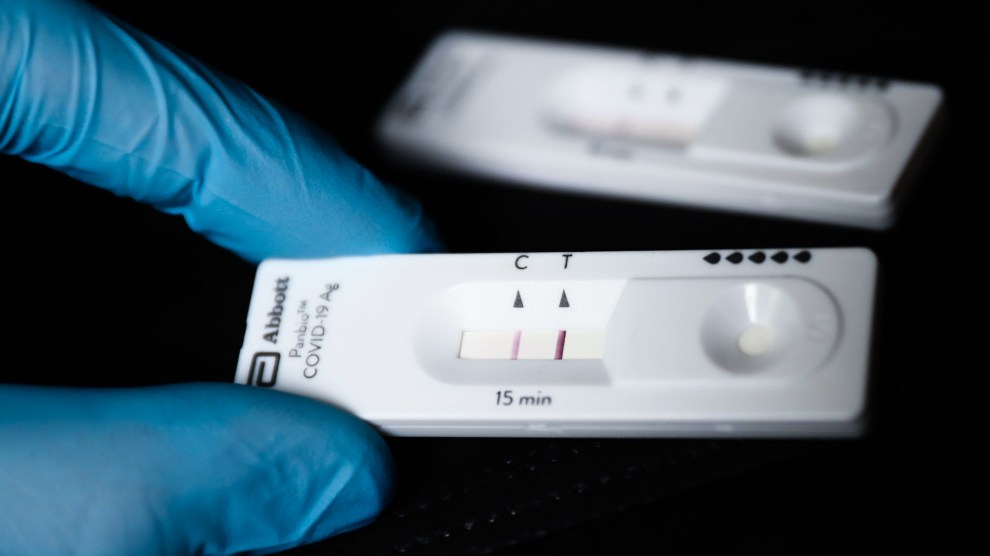
A stock clerk wearing gloves refills empty shelves at Whole Foods in Santa Barbara, California.Amy Katz/ZUMA
While more than half the country’s population is now under shelter-in-place orders to fight the spread of the coronavirus, grocery and pharmacy workers are still reporting for work as essential employees. As I previously reported, Minnesota and Vermont have classified grocery workers as emergency personnel, which allows them access to free child care. Michigan is also providing child care for emergency workers, including grocery clerks. Now grocery workers are demanding that California do the same.
California’s grocery and pharmacy store workers are on the frontlines during the COVID-19 pandemic.
Ask Gov. Gavin Newsom to take executive action declaring these workers emergency personnel.https://t.co/XJgQnOo4Qz pic.twitter.com/dO5rQJ1KNH
— UFCW Local 770 (@UFCW770) March 25, 2020
The California petition, launched by the United Food and Commercial Workers union, calls for Gov. Gavin Newsom to take executive action to protect grocery and pharmacy workers. The emergency protections workers are calling for include paid child care, 14 additional sick days for workers affected by COVID-19, sanitation protections like the right to wash hands every 30 minutes, and customer crowd control. A spokesperson for the California Department of Public Health wrote in an email that the department would update Mother Jones if the state issues additional guidance for these workers.
Some grocery chains have implemented new protections for workers: Kroger and Walmart, for example, are adding plexiglass partitions to protect cashiers from customer germs, and some grocery and retail outlets have also given their workers temporary raises and emergency paid sick leave. But the measures have not been consistent across the industry.
John Grant, the president of Los Angeles-based UFCW 770, said the push for the emergency personnel designation was part of a national effort “to gain a modicum of protection for those clerks who are selflessly working to hold our communities together.”
Please enjoy today's #Superheroes cartoon in @TorontoStar #Coronavirus pic.twitter.com/VIwWWv6xxb
— Theo Moudakis (@TheoMoudakis) March 24, 2020

















